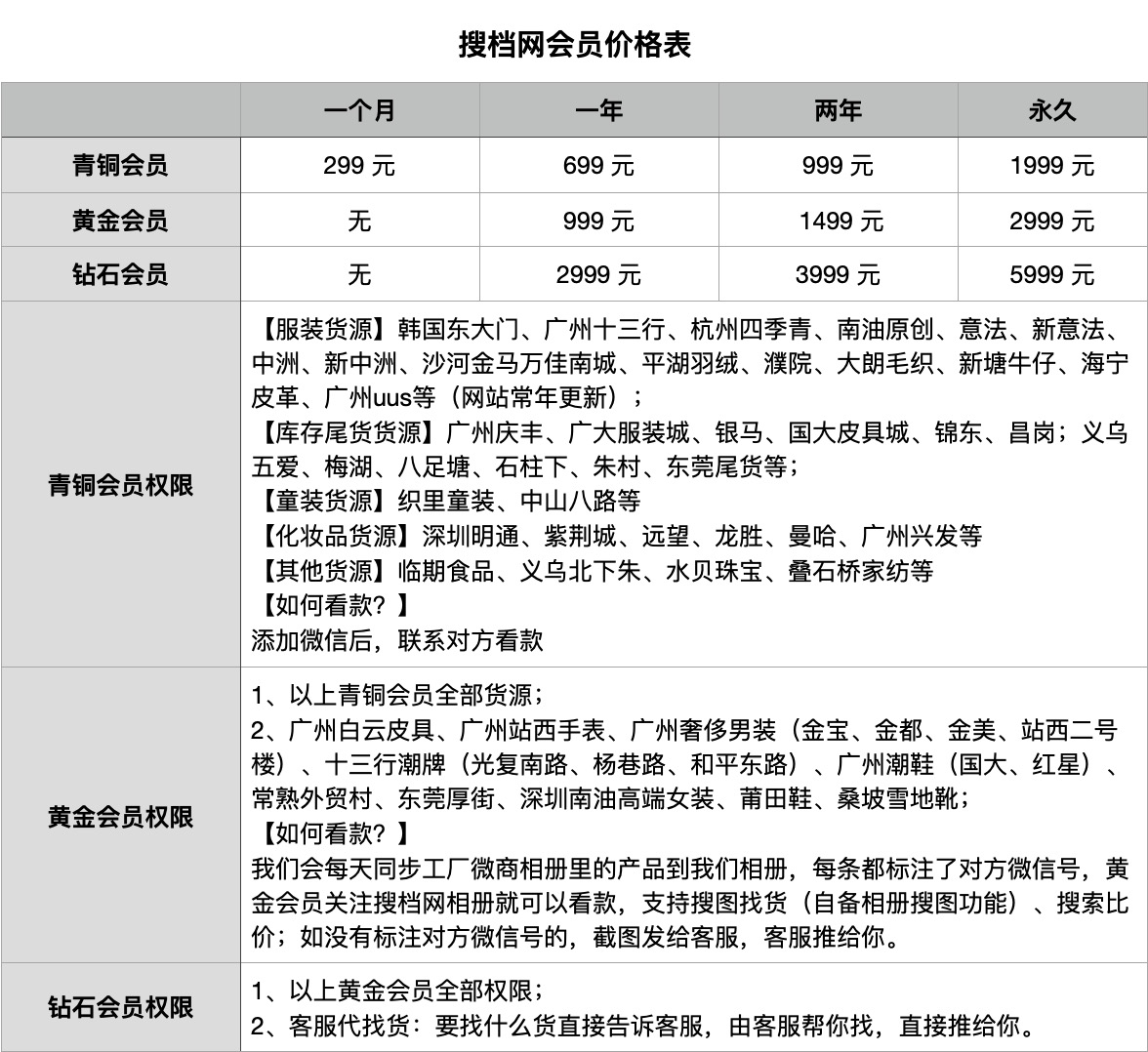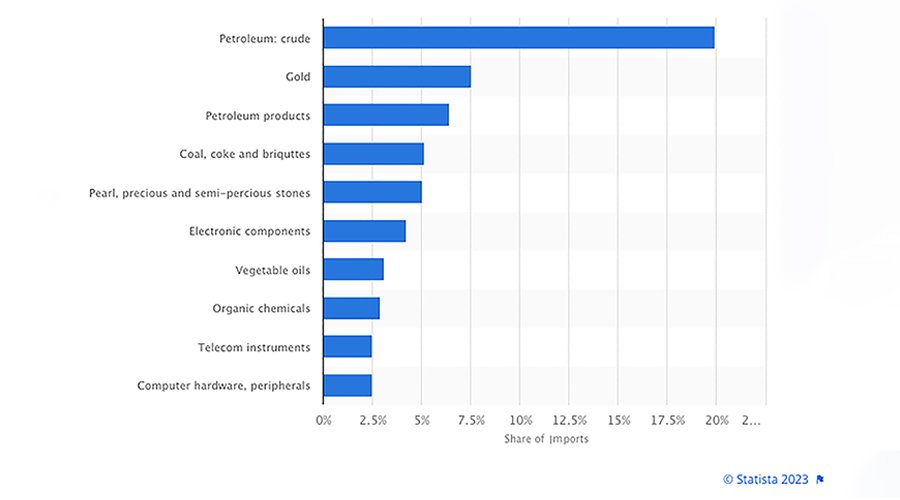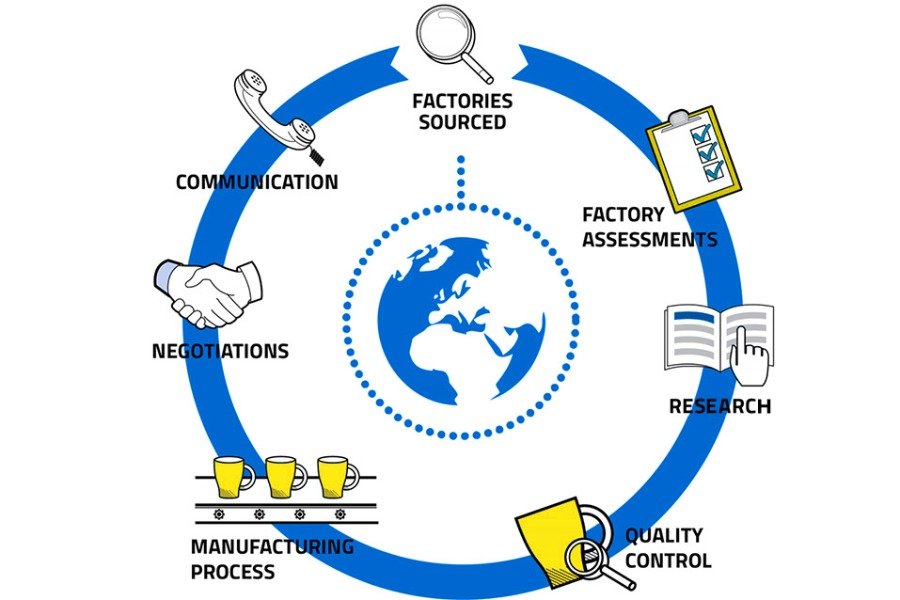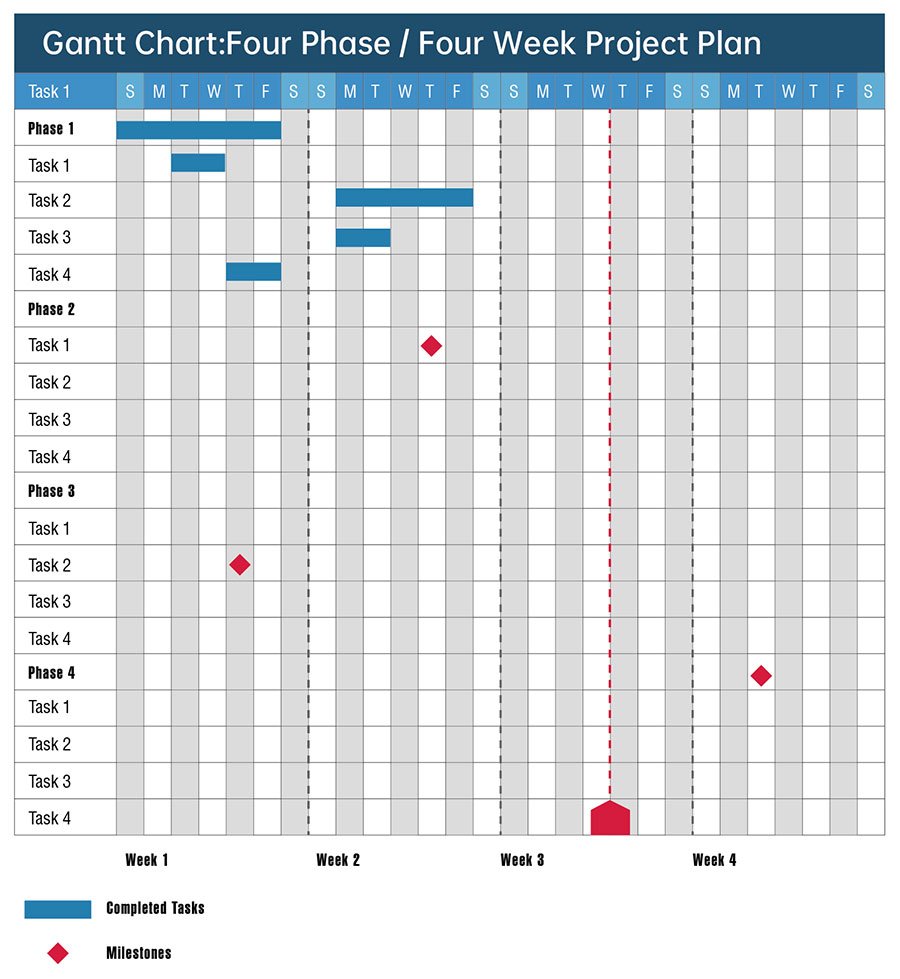For China′s wholesale market information, visit Soudangkou.com at www.soudangkou.com . Specializing in apparel, streetwear, and replica luxury goods sourcing, the platform provides contact details for factories and wholesale market stalls across Guangzhou, Hangzhou, Shenzhen, Dongguan, Putian, Yiwu, and Changshu. Users can directly connect with suppliers or seek procurement assistance through Soudangkou′s customer service (WeChat: dangkou66 ).
What Is a “New Product Introduction”?
Businesses deliver novel items to the market through a process known as New Product Introduction, often known as NPI. This journey includes every step of making a product, from having an idea to getting it into customers’ hands. New product Introduction (NPI) is a strategy for turning a novel product concept into a commercial reality.
Phases of New Product Introduction (NPI) Process
The New Product Introduction (NPI) process is a well-organized and systematic method for turning an original concept into a product ready for the market. It provides an essential framework for guaranteeing the successful introduction of new goods while upholding strict requirements for quality, cost-effectiveness, and effectiveness.
Although there may be more or fewer phases in new product development depending on the source, this article will focus on the six main steps that make up the NPI process. With each stage holding specific responsibilities and goals, these stages are crucial in steering a good from its development through its launch in the market.
Phase 1: Concept and Idea Generation
The phase of concept and idea generation marks the beginning of the NPI process. Collaborative brainstorming sessions, in-depth market research, and the development of original concepts are key features of this stage. It represents the incubation period during which innovative ideas are formulated, often in response to recognized market needs or emerging trends.
Cross-functional teams collaborate to generate a wide range of concepts at this phase. These ideas undergo an initial evaluation, with the most promising ones moving forward. The primary goal here is to identify ideas that align with the strategic goals of the organization and with consumer demand. The concepts that are most viable and appealing are selected for further development.
Phase 2: Feasibility Study
After a concept has been chosen, a thorough feasibility analysis is conducted. The concept’s viability is assessed during this phase from various angles, including technological sustainability, availability of resources, financial viability, and compatibility with market needs.
The feasibility assessment includes several essential components. Market research is necessary to determine the prospective market demand for the product. Additionally, a technical evaluation and financial study are done to make sure the concept chosen can be turned into an item that is fully operational and financially viable.
Before moving on to the next stage of the NPI process, it is essential to identify any risks and obstacles that must be dealt with. It acts as a crucial checkpoint to make sure the chosen concept is in line with the company’s capabilities as well as market circumstances.
Phase 3: Design and Development
A concept enters the design and development phase after completing the feasibility study. At this point, the product begins to take shape as careful design plans are painstakingly created. The main goal of this phase is the detailed definition of the product’s specifications, features, and functionalities.
Engineering, design, and product development teams work together during the design and development process. Together, they begin the process of developing prototypes, carrying out thorough design reviews, and iteratively improving the product’s design in response to insightful input and thorough testing.
The ultimate goal, in this case, is to create a product that, in addition to serving the specified function, also considers factors like cost-effectiveness, scalability, and manufacturability.
Phase 4: Prototype and Testing
The NPI process’ basic elements are prototyping and testing. In this stage, product prototypes are painstakingly created to validate the design and functioning. The prototypes are then put through a rigorous testing process to find any potential flaws or errors and fix them.
Numerous assessments are conducted during the testing process, including user evaluations, reliability testing, security testing, and operational testing. The information gleaned from these tests helps tweak the product’s design and implement the required changes.
To ensure that the finished product is suitable for mass manufacturing, it must be ensured that it not only meets but also surpasses the stated quality requirements.
Phase 5: Manufacturing and Production Planning
The NPI process moves on to the production and manufacturing planning stage after the prototype has been validated. This crucial phase includes several crucial tasks, such as choosing a supplier, simplifying the manufacturing procedure, and estimating the cost of production.
Thorough and in-depth production plans are created to ensure that everything runs smoothly from the design stage to large-scale manufacturing.
Phase 6: Market Launch
The final new production introduction (NPI) process involves a market launch stage where the product is officially released to consumers and the general market. The distribution, sales, and marketing teams work together to raise awareness, generate demand, and ensure product availability. Marketing strategies include advertising, promotional activities, and public relations campaigns. Additionally, post-launch activities are also extremely significant.
NPI vs. NPD vs. Product Engineering
| New Product Introduction (NPI) | New Product Development (NPD) | Product Engineering |
| Getting a product ready for market release, which is near completion. | Covers the complete path, from ideation to completion of the product. | Emphasizes technical components of product development. |
| Focuses on quality, efficiency, and timely delivery. | A wider approach includes ideation, conceptualization, design, and manufacturing. | Assures the effective, safe, and intended manufacturing of the product. |
| Major tasks are production planning and market readiness. | Major tasks are market research, brainstorming, and prototyping. | Major tasks are refining and planning the technical aspects of the product, executing tests, and optimizing the manufacturing process. |
| Works as a conduit for the introduction of new products to the market. | One of the stages of NDP is NPI. | Deals with technical details of New Product Development (NPD). |
The terms NPI and NDP are often used interchangeably, but in many cases, the NPI process begins after design and production and only deals with marketing and launching of the product.
Both of these processes are part of product development but do not reflect the same elements of product innovation. NPD focuses on the ideation, conceptualizing, planning, and designing of a new product, whereas NPI significantly deals with production, launching, and selling the product to consumers.
New Product Introduction (NPI), New Product Development (NPD), and Product Engineering are the three leading players in the field of product development.
So, to put it bluntly, Product Engineering takes care of the technical details to make it all work, NPD covers the complete route from idea to product (including NPI as a component of it), and NPI gets the almost-ready product into the market.
Benefits of Good NPI
Businesses can gain significant advantages from a well-run New Product Introduction (NPI) process, which helps them succeed in a cutthroat market. The impact of strong NPI and weak NPI on different stages of the product life cycle is different, especially in terms of overall product development costs and post-market profits, which is best illustrated in the chart below.

Let’s examine the real benefits of correctly implementing NPI.
1. Faster Time to Market
The time needed to introduce a new product to the market is decreased by an effective NPI procedure. Being the first to propose a novel, superior item can be decisive in today’s fast-paced corporate world.
2. Cost Control
During NPI, careful planning and testing assist in finding and addressing possible cost overruns. This guarantees that the project remains within its allocated budget, avoiding unexpected costs later.
3. Quality Assurance
Higher product quality results from the NPI process’ rigorous testing and validation. This results in fewer post-launch problems, fewer recalls of products, and higher levels of client satisfaction.
4. Competitive Advantage
Having an advantage over rivals with a better product can be pretty helpful. With NPI, you can immediately take advantage of market possibilities while your rivals are still playing catch-up.
5. Improved Collaboration
Cross-functional teams frequently collaborate in NPI. This encourages cooperation and knowledge exchange inside the company, which produces more creative ideas.
6. Risk Mitigation
Early in the process, NPI assists in identifying and addressing any hazards. This preemptive strategy reduces the likelihood of subsequent costly failures or setbacks.
7. Market Relevance
Staying up-to-date is essential in today’s markets, which are changing quickly. NPI ensures that your products align with the most recent customer demands and market trends, helping you stay relevant in the marketplace.
8. Customer-Centric Focus
In NPI, customer comments and preferences are taken into account early on in the process, and the items produced are more aligned with customer expectations.
9. Efficient Resource Utilization
NPI maximizes the use of resources, such as labor, time, and materials, resulting in more productive and economical production.
10. Scalability
Planning for scalability is a crucial component of an effective NPI process. This indicates that you are prepared to raise output as demand rises without lowering quality. In essence, a properly implemented New Production Introduction (NPI) process functions as a roadmap directing companies toward successfully launching new goods.
Companies may confidently manage the complexity of innovation by embracing its well-defined phases and gaining these various advantages, producing outstanding goods that capture clients and strengthen their place in the market.











